 |
|

|
 |
 |
March Large Animal News |
March 2019 |
 |
|
|
|
|
|
 |
 |
01 Hardware disease |
 |
 |
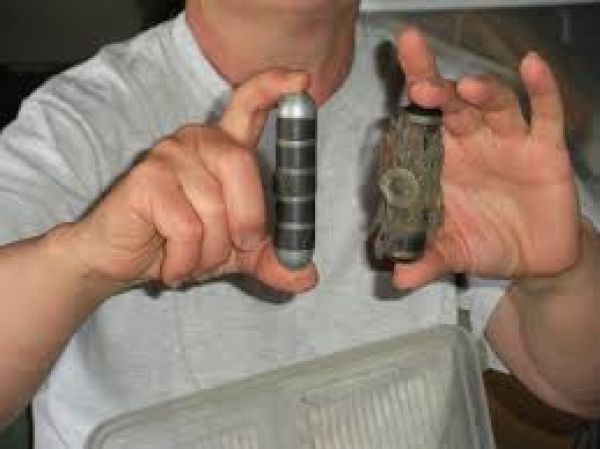 Cows can be fed magnets that stay in their stomach for life to collect metal objects like nails or barbed wire that the cow will occasionally eat, thus preventing the objects from getting stuck in their intestines and causing “hardware disease”.
Photo courtesy Reddit.com
|
|
 |
The name of this illness really does paint the picture.
OVH vet Nikki was recently called to post mortem a sudden death in a 7 month old weaner heifer. On post mortem it was clear that the animal suffered peritonitis. “Hardware disease or traumatic reticuloperitonitis was high on the list of causes. An area of diseased tissue was located around the abomasum (the fourth compartment of the stomach) and low and behold a piece of chicken wire was situated in the midst of it.
Hardware disease is when a metal object penetrates the wall of the gastrointestinal tract, usually the reticulum (the second chamber of the stomach). The perforation leads to peritonitis which in most cases is localised and walled off. The object may also penetrate the thorax causing infection around the lungs or heart.
Clinical signs include; gut stasis on inactivity, drop in milk production (dairy), vital signs may be increased or normal, arched back and reluctance to move. A grunt may be elicited when applying pressure to the xiploid (tip of the sternum) and or pressure on the withers.
Surgical and or medical treatment can be offered such as; removing the object and draining an abscess if present, antibiotics, drenching with a magnet and supportive care.
Prevention is making sure paddocks are clear of old fences and avoiding baling wire. Feed may be passed over magnets to remove any metal objects and cattle may be drenched with bar magnets that remain in the reticulum."
|
 |
 |
|
 |
 |
02 A few facts about lice in sheep |
 |
 |
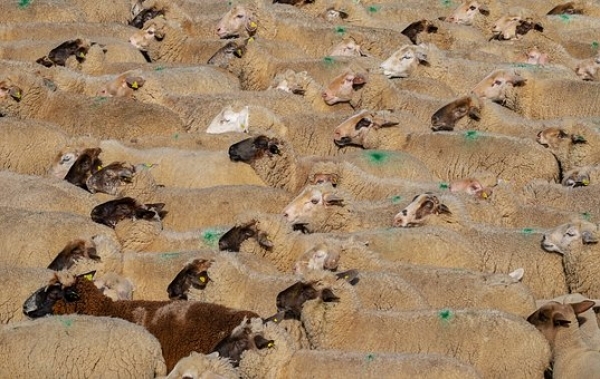
1. 43% of flocks in the pastoral zone and 29% of flocks in the wheat/sheep and high rainfall zones are infected with lice.
This number was increasing due to the resistance of lice to older chemicals and the ban on diazinon in 2009. It is currently believed, however, that the prevalence of lice is stable due to effective chemicals being able to control and eradicate them.
2. Sheep lice infestation can reduce clean wool cut by up to 1kg per head.
Lice can reduce yield as they cause fleeces to become clotted and yellow, resulting in losses during processing. This results in fleece values being reduced in the range of $3-$10/hd
3. There is little economic impact in the first year of an infestation
In studies where infected sheep have been introduced into flocks, there has been little effect in the first year, but reductions of up to 30 to 40% in the subsequent year's fleece value occur as lice numbers build up in the flock.
4. The estimated annual cost of lice to the Australian sheep flock is $81 million
This includes the treatment, prevention, and production cost.
5. Lice have no effect on body weight, lambing percentage or growth rate.
However, sheep with low weight gains because of poor nutrition or other stress may be more susceptible to lice and develop heavier infestations.
6. Spread of lice between sheep occurs almost exclusively by sheep to sheep contact.
Therefore, if lice can be eradicated from a flock, and other lousy sheep excluded, the flock will remain lice free.
7. The best way to monitor for lice is to look for rubbing sheep.
However, you must actually see lice to be sure they are not scratching for other reasons.
|
 |
 |
|
 |
 |
03 Lead poisoning in livestock |
 |
 |
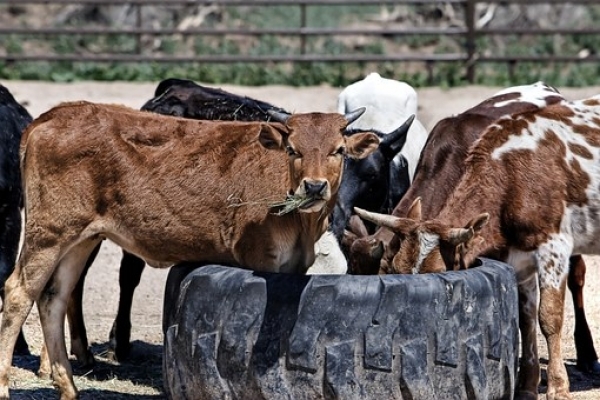
Lead is highly toxic to livestock and is a human health hazard. Unfortunately, this doesn’t stop livestock chewing on batteries if given a chance. Lead toxicity results in sudden death, with a period of blindness, staggering and tremors beforehand.
Common on farm lead sources:
- lead batteries, especially burnt ones
- painted surfaces – machinery, car bodies, sheds, yards
- paint tins
- sump oil
- grease and oil filters
- linoleum
- caulking, putty
Why do they eat it?
- Cattle are inquisitive creatures and appear to like the taste of lead.
- It appears that young cattle are more likely to eat it
- If they are hungry, cattle will eat many things they shouldn’t
- Agisting on unknown land – cattle may find old dump sites.
How it's diagnosed and treated
- Diagnosis is straight forward. The history, clinical sings and blood / tissue testing is enough to diagnose it.
- Treatment is often unrewarding, but consists of vitamin b1, magnesium sulphate and chelating agents.
What’s the long term implication?
- Animals are quarantined for a minimum of 12 months, and until blood lead levels are at a level safe for human consumption.
If you suspect your cattle are affected by lead, it is important that you don’t turn a blind eye (pardon the pun) to it. It’s a serious human health hazard and needs to be dealt with appropriately.
|
 |
 |
|
 |
 |
04 Getting the most out of working dogs |
 |
 |
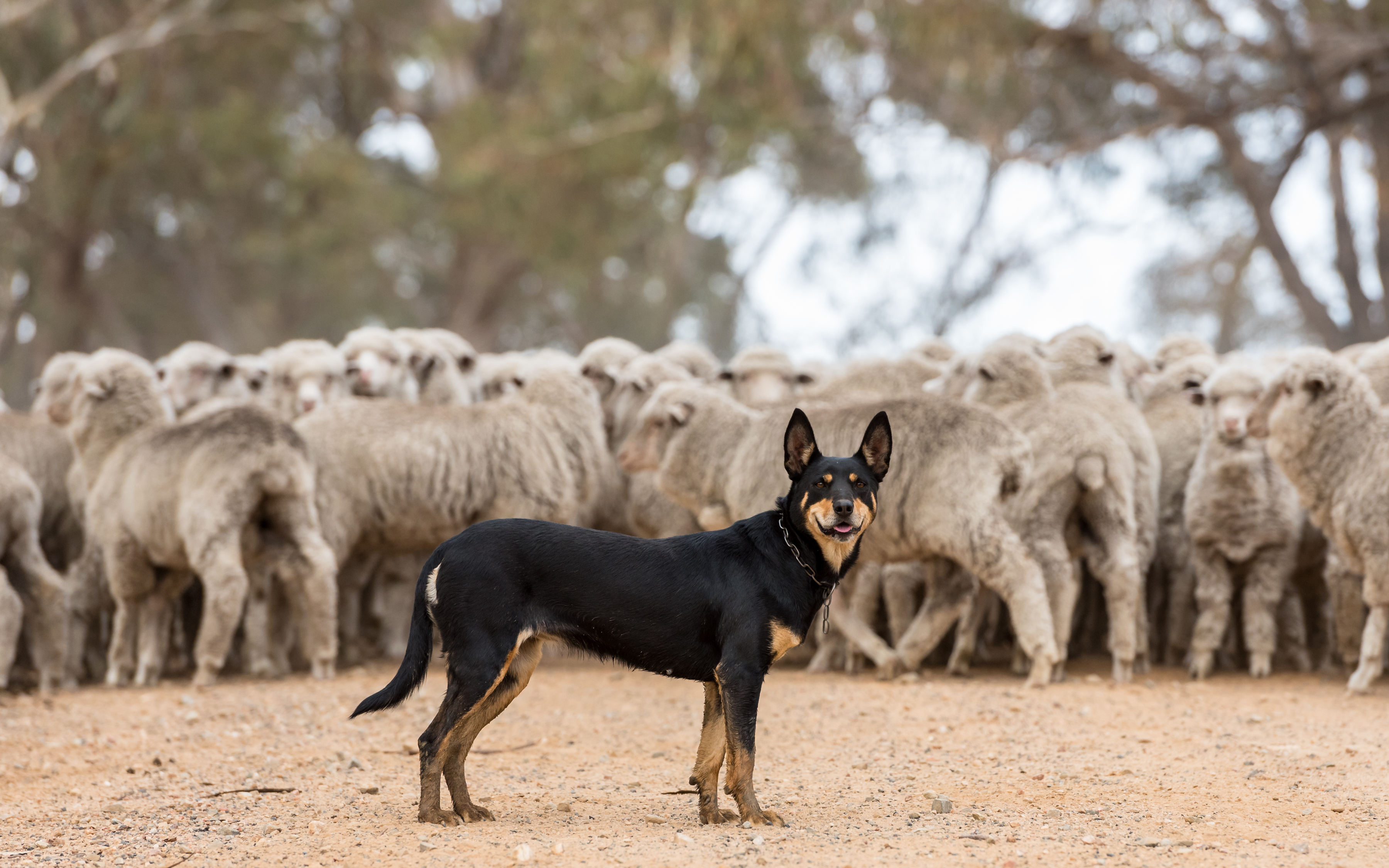 Many thanks to The 17th Photographer for this excellent photo.
For sheep farmers in particular, a good dog is one of your greatest assets. They make your day run efficiently and do what no-one else can to muster sheep. The modern sheep dog is the product of improved breeding, sound training methods and better health care. To function at maximum capacity, these performance-bred and trained animals require specialised nutrition. Here are a few tips which will lead to better performance of your dog.
Energy is key
The best way to provide working dogs with energy is high-fat products. Dogs can sprint faster when fed increased fat. Fat is the ideal source of energy for dogs because it has over twice the energy per gram compared with carbohydrates or protein.
What about protein?
Muscle size, density of blood vessels within muscle, and activity of enzymes, all made from amino acids, all increase with athletic training. For decades, soybeans and corn gluten have been used as a cheap source of protein, and while dogs survive on this they thrive on the amino acids provided by animal protein.
So, what is the best diet for working dogs?
- Nutrient dense diet with a high level of fat
- Animal based protein source, with high levels of crude protein
- More than meat – meat is not a balanced food
- Cooked – food born infection is a major complication of feeding fresh meat
- Only feed <10% “treats” – table scraps, liver treats etc
|
 |
 |
|
 |
 |
05 Bucks for brains! |
 |
 |
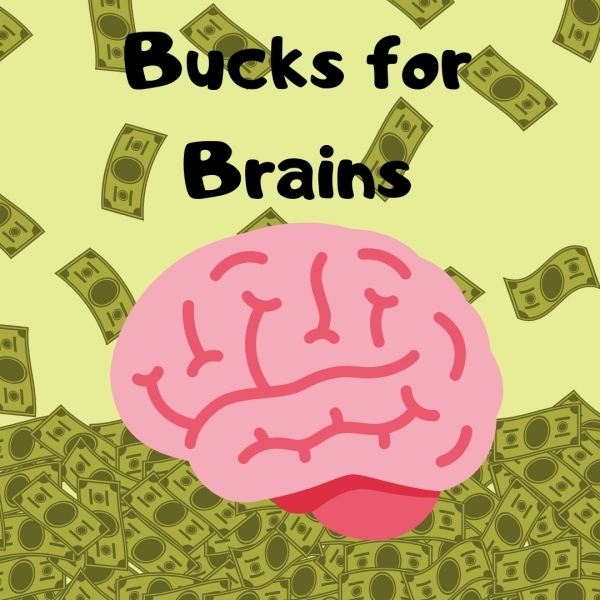
Every year Australia must meet ongoing proof of freedom from transmissible spongiform encephalopathies (otherwise known as ‘Mad Cow’ and ‘Scrapie), to ensure we keep our export markets open. To do this, we need to submit lots of brains to the laboratories from cattle and sheep which die displaying clinical signs which are consistent with Mad Cow or Scrapie.
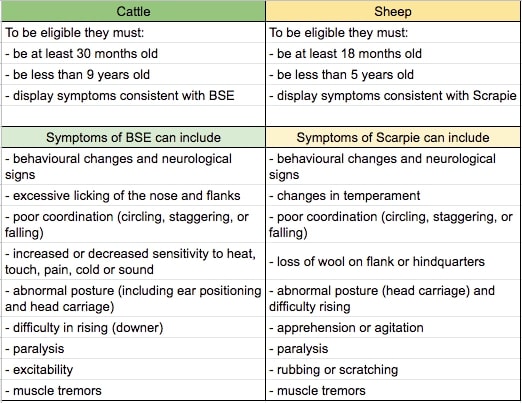
By submitting your eligible animals, you will receive $300 for cattle samples and $100 for sheep samples and the cost of lab fees is covered by the scheme. The incentive payment is for a maximum of two animals per veterinary investigation. So if you have cattle of sheep which may fall within this criteria please call us.
You will get paid, you will get an answer as to why your cow or sheep died and you help maintain our export markets by proving we are TSE free.
Details on Bucks for Brains.
|
 |
 |
|
|
|
 |
 |
07 Get some new genes into your herd with AI |
 |
 |
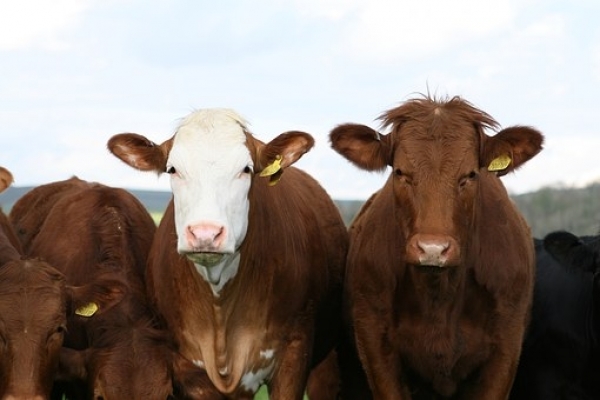
While Artificial Insemination (AI) has been the mainstay breeding methodology of dairy and stud beef herds, there is an increasing shift towards AI in commercial beef herds.
The big driver of this is the uptake of fixed time AI (FTAI), so that large mobs of cattle can be mated on the same day. The obvious advantage of AI in beef herds is that proven sire’s with high reliability estimated breeding values (EBVs) can be used to increase the genetic merit of the mob. The main EBVs to consider are:
1. Calving ease - a highly important, highly valuable trait. This is a ‘no-brainer’ for anyone who has bred cattle.
2. Growth traits - these are reported as 200, 400 and 600 day weights which enables you to tailor growth rates to meet target markets.
3. Maternal traits - these traits really reflect the amount of milk the dam produces. The more milk, the faster the calf grows.
4. Fertility traits - genetics play an important role in the fertility of both males and females. These traits can be manipulated so that progeny reach puberty at an earlier age, and conceive earlier in the joining period.
5. Carcase traits - These traits contribute to producing cattle suited to your target market. A benefit that often goes less mentioned is the compact calving achieved with FTAI programs. This produces beautiful lines of weaners, which are heavier than their later born peers in natural joining’s.
Additionally, having the bulk of cows calving at the start of the calving period ensures the cows are given enough rest before the subsequent joining, thus maximising pregnancy rates next time around. If you are ready to take your beef herd to the next level, give AI a go. Speak to us about any (cattle) reproductive needs you have!
|
 |
 |
|
 |
 |
08 Osteochondritis dissecans (OCD) in horses |
 |
 |
Osteochondritis dissecans (OCD) is a developmental joint condition seen in young horses. With the widespread use of portable digital radiography, it has become more frequently diagnosed outside the racing industries.
What causes OCD?
Failure of bone to fully form as the horse grows causes loose cartilage or bone fragments within the joint. The cause of this failure is complex and genetics, diet, biomechanical forces and exercise all play a role.
What are the signs?
Thoroughbreds, Standardbreds, Clydesdales and warmbloods are commonly affected breeds. OCD may be suspected in cases of a swollen joint but usually causes only mild, if any, lameness. Clinical signs may not be seen and OCD is often only diagnosed on screening radiographs. OCD develops by the age of approximately 8 months, and the joints usually affected include stifles, hocks and fetlocks.
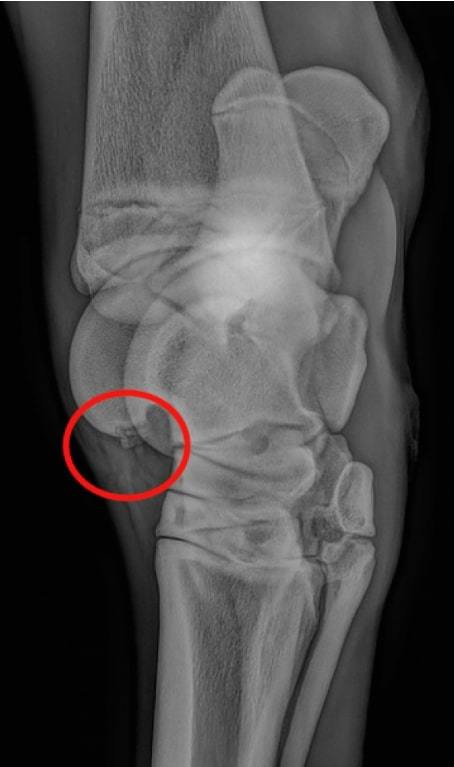
What do we do about it?
The management of an OCD in your horse will depend on the location and severity of the defect, and the planned use of the horse. Severe OCD can lead to early onset osteoarthritis and limit an athletic career. In these cases surgery may be performed, usually with very good success. Some OCD defects will heal in time and require no action other than monitoring.
Call us today to discuss any troubling swelling if your horse’s joints.
|
 |
 |
|
|
